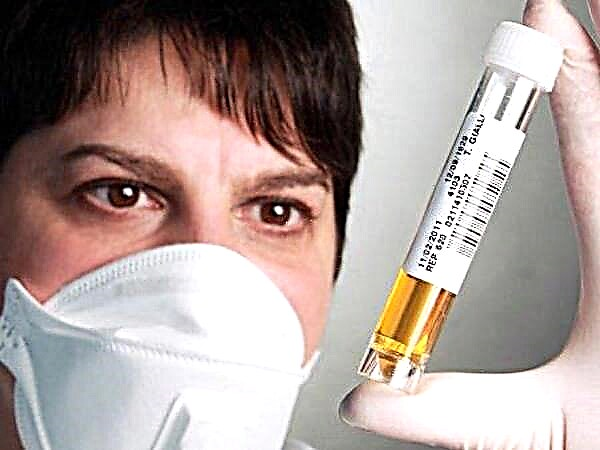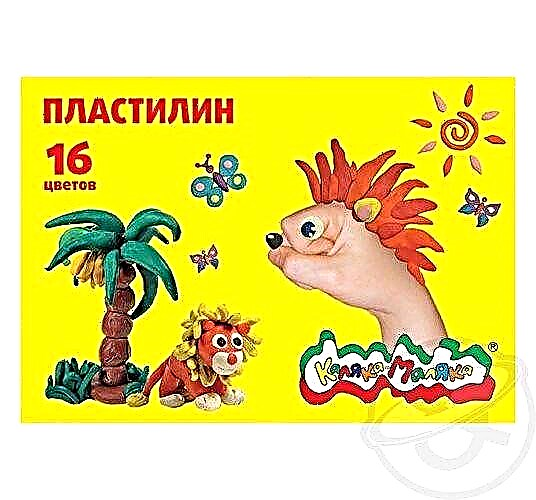
Panangin, produced by Gedeon Richter, is intended to correct disorders caused by a lack of magnesium and potassium. Most often, this medication is prescribed in cardiological practice for adults with arrhythmias or heart failure. Is it possible to use the drug in childhood, what dosage is acceptable: we figure it out together.

Composition and dosage form
Panangin is produced in the form of tablets and injections. Both versions of the drug contain magnesium (in the form of asparaginate in a dose of 140 mg in 1 tablet and 400 mg in 1 ampoule) and potassium (similarly in the form of asparaginate in an amount of 158 mg in each tablet and 452 mg in each ampoule) as active components. The tablets have a coating that prevents the premature destruction of magnesium and potassium salts in the stomach. It is made from copolymers, talc, macrogol and titanium dioxide. The inside of the tablet contains starch, povidone and some other substances.
Panangin tablets are round and white in color. This drug is sold in bottles of 50 tablets. Sterile water acts as an auxiliary ingredient in the injection solution. This medicine is colorless (transparent), sometimes slightly greenish. It is usually packaged in 10 ml clear glass ampoules. One box holds 5 ampoules.


Panangin Forte is an improved medicine with an enhanced formula. It is presented in the form of tablets, which include potassium and magnesium asparaginates. Their dosage is doubled in comparison with the usual drug. This product is sold in boxes of 30, 60 or 90 oval tablets.

Operating principle
The salts of magnesium and potassium, which are part of the preparation, are important for the human body. They take part in the work of many enzymes, provide muscle contraction, and stimulate metabolic processes in myocardial cells.
Due to the form of asparaginate, these elements easily penetrate the cell membranes, with the result that their deficiency is quickly eliminated. Potassium is supplemented with magnesium because the shortage of these ions often occurs simultaneously.
In the treatment of cardiac pathologies, their properties are important (reducing the toxic effect of cardiac glycosides).

Indications
Panangin is prescribed for:
- therapy for heart failure, arrhythmias and other diseases of the cardiovascular system;
better tolerability of treatment with cardiac glycosides;
elimination of magnesium and potassium deficiency due to various reasons (including insufficient intake with food).
At what age is it prescribed?
There is no specific age range in the annotations to Panangin, however, the use of this drug in children without a doctor's prescription is not recommended.

Contraindications
Panangin is not used for:
- renal failure;
- hyperkalemia;
- hypermagnesemia;
- AV blockade;
- Addison's disease;
- hemolysis;
- hypersensitivity to the drug;
- violation of amino acid metabolism;
- acute acidosis;
- myasthenia gravis;
- dehydration.

Side effects
Treatment with the drug can provoke vomiting, diarrhea, thirst, abdominal discomfort and other negative symptoms. When they appear, you need immediately report the adverse reaction to the doctorto prescribe therapy on time.


Instructions for use
Tablet Panangin is taken after meals with water. If a medication is prescribed to an infant or toddler who cannot swallow a pill, the medication is divided into parts and crushed. The injectable form of Panangin is administered intravenously, most often by drip, mixed with a 5% glucose solution. You cannot dose the drug "by eye" yourself.
The dosage for a particular child is selected by the doctor. It depends on the patient's age and state of health. If a medication is prescribed for a disease, one dose is needed, if for a prophylactic purpose - a completely different one.
The duration of use depends on various factors (diagnosis, patient's condition, etc.) and can range from several weeks to several months.


Overdose and drug interactions
Although there have been no cases of Panangin overdose, theoretically it can manifest itself as fatigue, bradycardia, urge to vomit, decreased blood pressure, paresthesias and other signs of a decrease in the level of potassium and magnesium in the blood. With regard to compatibility with other drugs, before using the drug, all drugs that the child receives must be considered.
This medication should not be combined with many drugs, such as diuretics, tetracycline, beta-blockers, calcium supplements, neomycin or heparin. A complete list of incompatible drugs is indicated in the annotation.

Terms of sale and storage
Panangin tablets are an over-the-counter medicine, and you need a doctor's prescription to buy an injectable analogue. The average price of 50 tablets or 5 ampoules is 130 - 150 rubles. You can store both versions of the drug at home at room temperature. The shelf life of the injection form is 3 years, the analogue in tablets is 5 years.

Reviews
Panangin is an effective drug. The reviews about him are good. Doctors often prescribe this remedy, note its positive effect on magnesium and potassium deficiencies and heart disease. Patients confirm that taking Panangin eliminates convulsions, improves heart function and well-being, and helps with arrhythmias and tachycardia.
The disadvantages of the drug include a large list of contraindications and the inconvenience of using a solid form in young children (the medicine is not released in syrup).
Panangin's tolerance, judging by the mothers' words, is mostly good, and there are practically no side effects.

Analogs
The active substances contained in Panangin are available in such preparations:
- Asparkam;
- Potassium and magnesium asparaginate;
- Asparkam-L;
- Asparkam-Farmak.
They are available in tablets and solution for intravenous injections. Depending on the reason for the appointment, the doctor may recommend other medications (for example, a multivitamin complex with sufficient amounts of magnesium and potassium).



